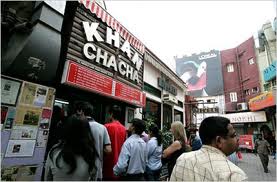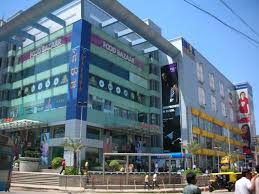The West Bengal Assembly approved the Land Reforms (Amendment) Bill, 2013 which would prevent use of land, reserved for township development, in excess of the prescribed ceiling for real estate purpose.
Assembly approved the Land Reforms (Amendment) Bill, 2013 which would prevent use of land, reserved for township development, in excess of the prescribed ceiling for real estate purpose.
The Bill was passed in the absence of the opposition Left Front and the Congress in the assembly after both the parties walk out.
Moving the bill in the House, Minister of State for Land and Land Reforms Department Swapan Debnath said that the amendment of Section 14Z of the Act would reject the provision for holding of land in excess of the prescribed ceiling for township development from the purview of the section.
The minister said during the erstwhile Left Front regime, excess land holding was used for building real estate in the state which was a curse for the poor people.
Now any surplus land could be used for poultry or dairy farming or any farming for the benefit of rural people and boost rural economy.
Extending full support to the bill, the lone SUCI member in the House,lauded the state government for its initiative to prevent misuse of surplus land.
Section 50 of the Act has also been amended for presenting digital signature in agreement with the provision for Section 3 of the Information Technology Act, 2000 to ensure a more scientific authentication of all ‘Records of Rights’.















